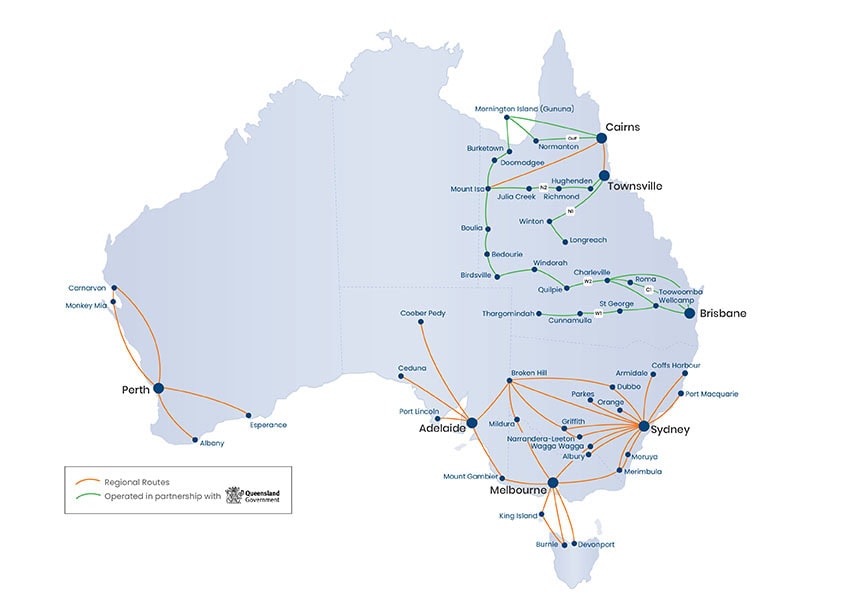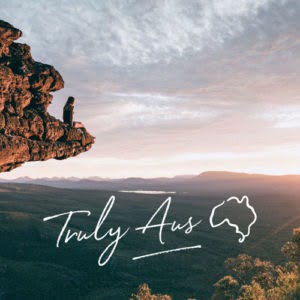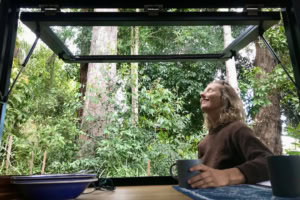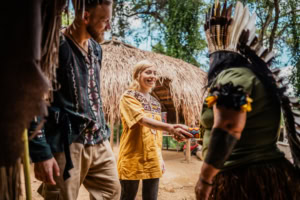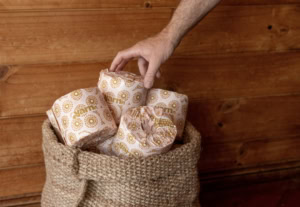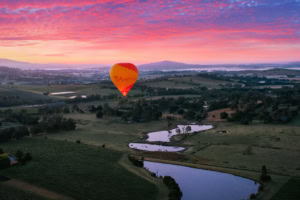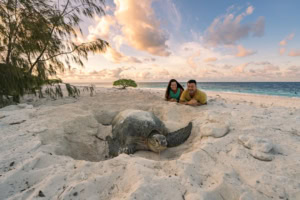Are you an animal lover or looking to learn more about Australia’s wildlife? Check out our list of seven awesome creatures of Australia and where you can spot them.
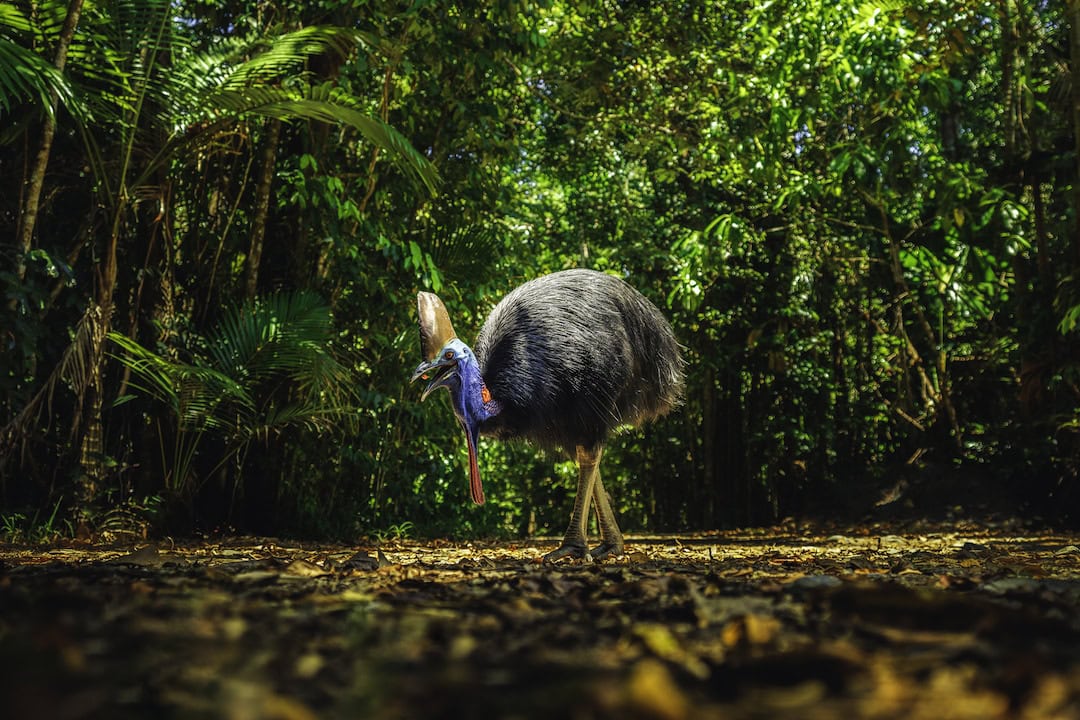
Cassowary
Cassowaries, also known as the rainforest gardener, are flightless birds that are essential for spreading and germinating seeds. These creatures of Australia are hard to miss because of their purple and blue necks and horn-like structures on their heads known as casques. Plus, they are the heaviest birds in the country, clocking in at nearly 1.8m in height and 76 kilograms in weight.
One subspecies of this bird, the Southern Cassowary, can be found in Australia, mostly in northern Queensland in the rainforests of the Daintree and Cape Tribulation, Girringun National Park, and Cape York, among other spots. They are an endangered species, with an estimated 4,000 remaining in the wild.

Tasmanian Devil
Tasmanian devils are the largest living carnivorous marsupials in the world – and they are also endangered. They are marked by their black or dark-brown fur, pinkish-red inner ears, and a large white stripe across their breast. These little creatures are about the size of a small dog and got their name because of their startling howls.
As their name implies, these creatures can be found in the wild throughout Tasmania, specifically in forests and coastal scrublands. They can also be seen in zoos across Australia, including Taronga Zoo in Sydney and the Australia Zoo in Queensland.
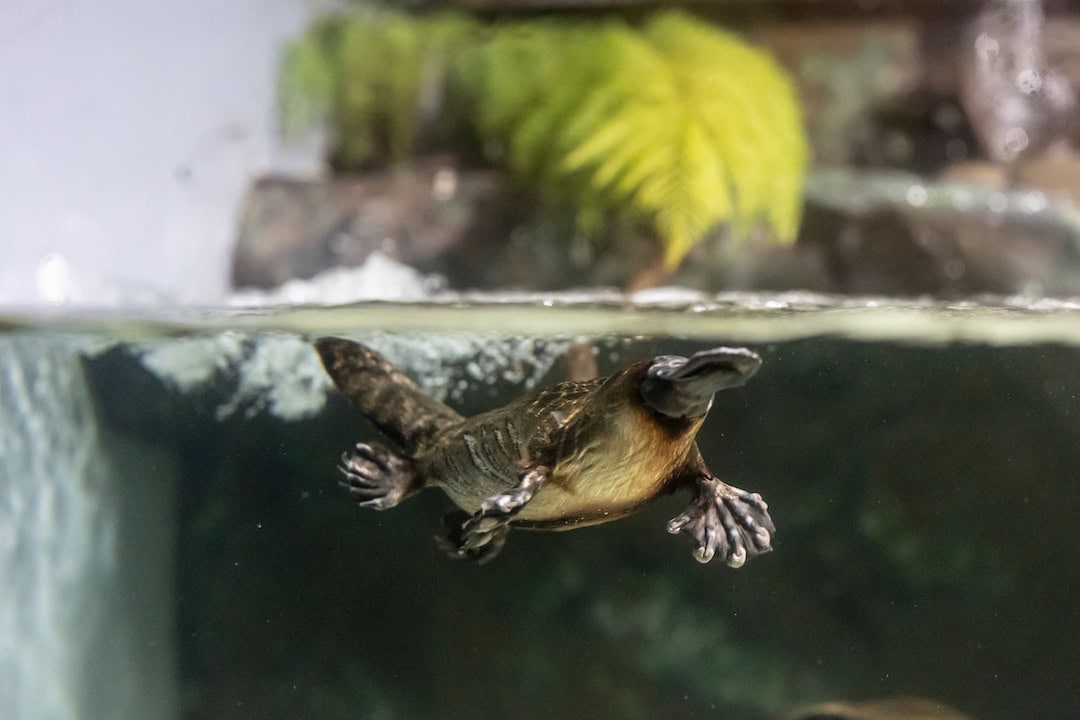
Platypus
The platypus is an Australia-native animal that is known for its duck-like bill, thick fur, and webbed feet. They are found in freshwater streams, where they can hunt for small creatures like tadpoles and shrimp using their bills. Platypuses are now facing localised extinction because of the destruction of their homes, as well bushfires and droughts. A fun fact about these creatures of Australia? They have poisonous spurs on their ankles that contain venom. Although they are not lethal to humans, its effects can be quite painful, especially for small animals.
Platypuses can be found in rivers and bodies of freshwater in the eastern mainland of Australia, such as in Queensland, as well as in Tasmania, King Island, and Kangaroo Island. They can also be found at Taronga Zoo in Sydney. Outside of Australia, they can only be found at the San Diego Zoo in America.
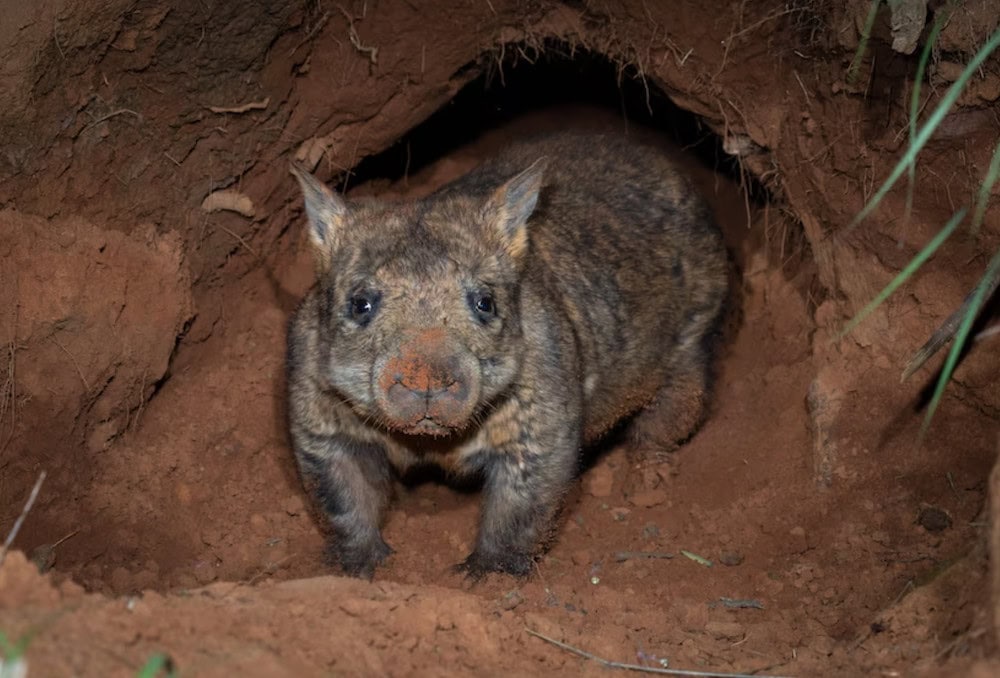
Hairy Nosed Wombat
The hairy-nosed wombat is a marsupial that is closely related to the koala and is one of the most rare mammals in Australia. They have lush greyish fur and pointy ears and typically weigh up to 30 kilograms. For the most part, they live in grasslands and woodlands – many of which were cleared over the past 100 to 200 years. The northern hairy-nosed wombat is now critically endangered, with less than 400 of them left in the world, and the southern hairy-nosed wombat also faces endangerment.
Within Australia, the northern hairy-nosed wombat can be found in Queensland. Specifically, they are contained to Epping Forest National Park and Richard Underwood Nature Refuge. The southern hairy-nosed wombat can be found in South Australia, Western Australia, and even in south-west New South Wales.
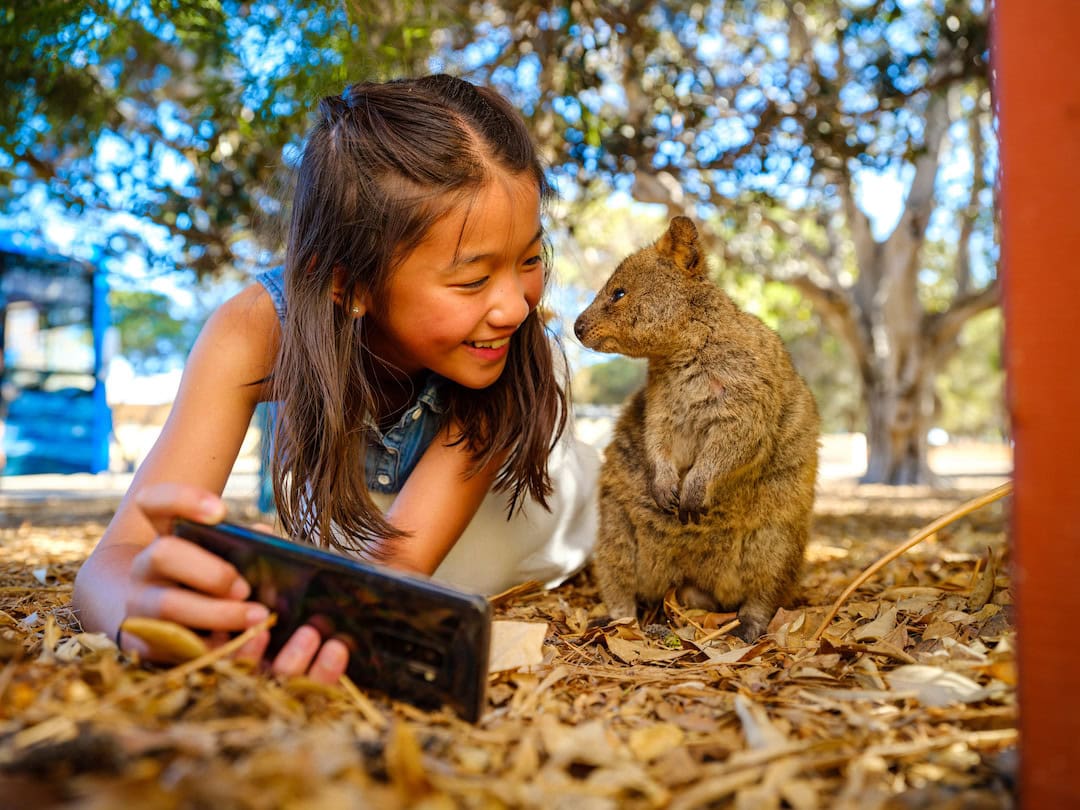
Quokka
These adorable marsupials – known as the happiest animal on Earth – are close to the size of a cat and are related to both kangaroos and wallabies. Thanks to Chris Hemsworth’s iconic selfie, they’ve taken the internet by storm and brought heaps of visitors to Australia. They typically live in shrublands, are classified as herbivores, and are carried in pouches by their mothers, just like kangaroos.
Quokkas can be found on Rottnest Island, which is off the coast of Perth. In fact, close to 10,000 of them live there, and they can usually be spotted at any point throughout the year. Don’t forget to snap a selfie with one while you’re there – but be sure to respect their space, be patient, and never feed them!
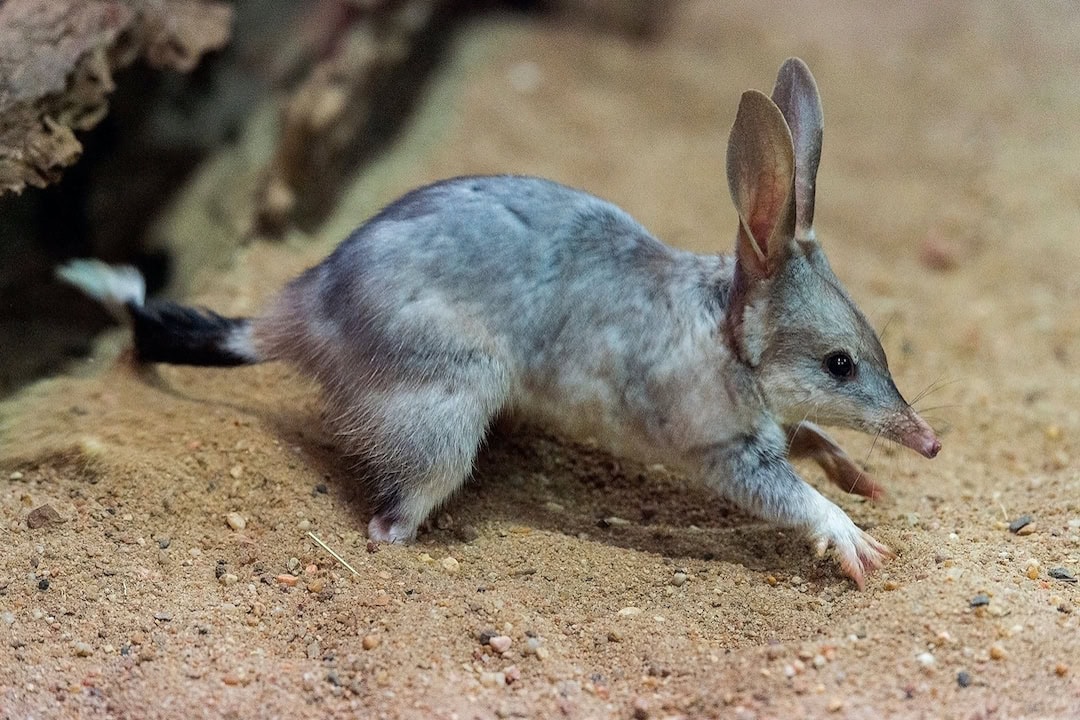
Bilbies
Known as Australia’s Easter bunny, bilbies are classified by their silky grey fur and long pink ears. These have a backwards-facing pouch, which helps prevent soil getting trapped when they are digging. They are highly crucial to soil health, as they help mix it, bringing vital nutrients up to the surface for plants. They also don’t have to drink water because they derive enough moisture from the food they eat.
Bilbies were once found in 70 per cent of Australia but are now found in just 15 per cent. This includes the Tanami Desert of the Northern Territory, various deserts and regions of Western Australia (such as the Great Sandy Deserts), and in the Mitchell Grasslands of Queensland. They can be found at Taronga Zoo in Sydney as well!
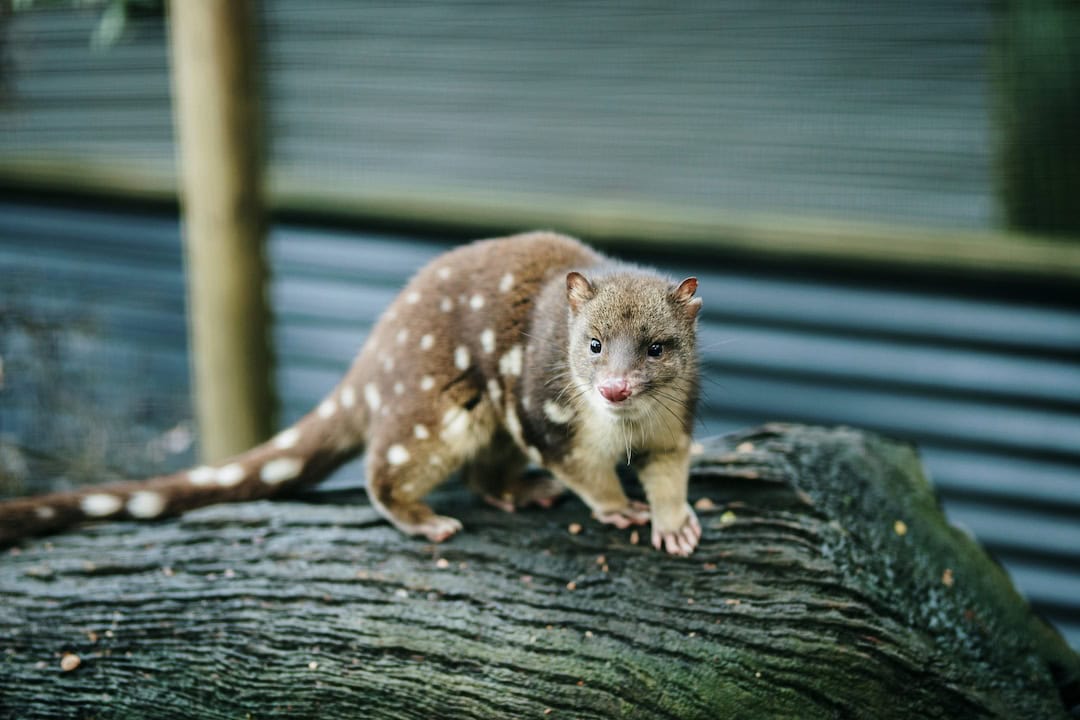
The Spotted Quoll
The spotted-tailed quoll is often described as Australia’s native cat, but they look far from that. They are covered in white spots, with brown fur and tiny pink noses and live up to 3 or 4 years. They are currently endangered on the Australia mainland and typically live in forests, woodlands, and heathlands. Quolls usually prey on small birds, as well as medium-sized reptiles and mammals.
Spotted quolls can be found across eastern Australia in Queensland, New South Wales, Victoria, and Tasmania. Since they are nocturnal, they can be difficult to find, but places like South Bruny National Park and Central Plateau Conservation Area in Tasmania are among optimal spots to try to see one.
If you enjoyed this story about unusual creatures in Australia, check out our article about the viral Pesto the penguin in Melbourne.
